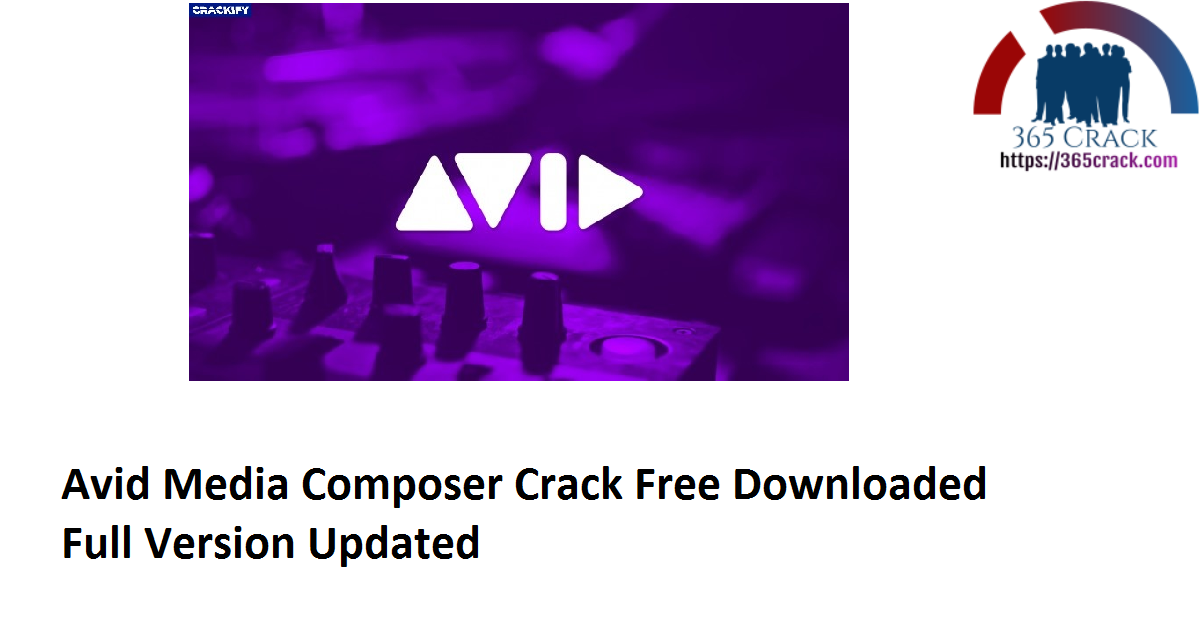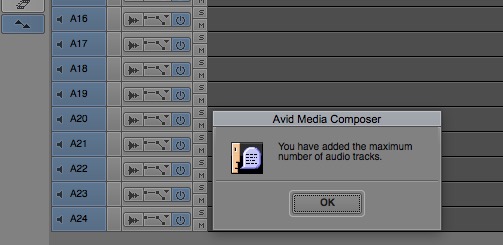

Marty Kloner’s VFX Database for Star Trek Into Darkness Many VFX Editors are protective of their databases, which is understandable given the hours of customization they’ve put into creating them, so if you need a database and find someone with a good one who’s willing to share, consider yourself lucky. There is no standard VFX database out there, though I’ve seen at least one that you can pay for if you don’t want to get into designing a Filemaker database on your own. Most of the time the database is made with Filemaker Pro, but some VFX editors have custom solutions, and if your needs are minimal you can get away with using a simple spreadsheet. This usually comes in the form of a VFX Database, and most VFX Editors bring their own to each new job they start. One essential tool that VFX Editors need in order to do their work is an effective way to manage all of this information.

Constantly checking and re-checking all of the above, because things always fall through the cracks.As shots are being finaled, assuring that the finished shots are delivered in the appropriate format to the DI facility, and that the right version of the shot was delivered.Receiving versions of all the shots from your VFX vendor, cutting them into the timeline, reviewing each version with the editor and director, then taking the notes from those review sessions and communicating them back to the vendor.
Avid media composer 8 setting handles software#
If you don’t have a Post facility, you might be in charge of rendering out DPX frames yourself using the raw camera footage and software like DaVinci Resolve. Creating EDLs or Pull Lists for a Post facility to scan/render DPX frames of your plates and elements to hand over to the VFX vendor.Creating “count sheets” (sometimes called lineup sheets) that detail each shot, what work is needed, what elements the VFX vendor needs to complete the shot, and the timing of each element in relation to the overall shot.This includes knowing when a shot is cut out, when a new shot is added, when a shot is slipped far enough that your handles no longer cover it, or when sync is changed within a shot that will affect sound or the vfx work that needs to be done. Tracking changes to the cut that change what VFX are needed.Tracking every shot in the timeline that needs any kind of VFX, and giving it a shot ID.Creating temp comps for the editor to use while cutting, before any VFX vendors start working.If you’ve never done it before, it’s a steep learning curve.
Avid media composer 8 setting handles plus#
On smaller films, the kind with one editor and one assistant, that assistant editor handles all the usual AE duties plus all the VFX Editor tasks. On bigger films, there is at least one VFX Editor, and often there are two or three. I’ve been putting off writing this article for years now because the thought of trying to encapsulate it all in a generically useful way was a bit overwhelming, but here goes… The Job of A VFX Editor It’s so complicated that films that can afford it will hire a separate VFX Editor just to keep track of the film’s VFX and to create temp comps as placeholders until the VFX come in. Managing VFX is a daunting subject and a big task, even for smaller films.


 0 kommentar(er)
0 kommentar(er)
